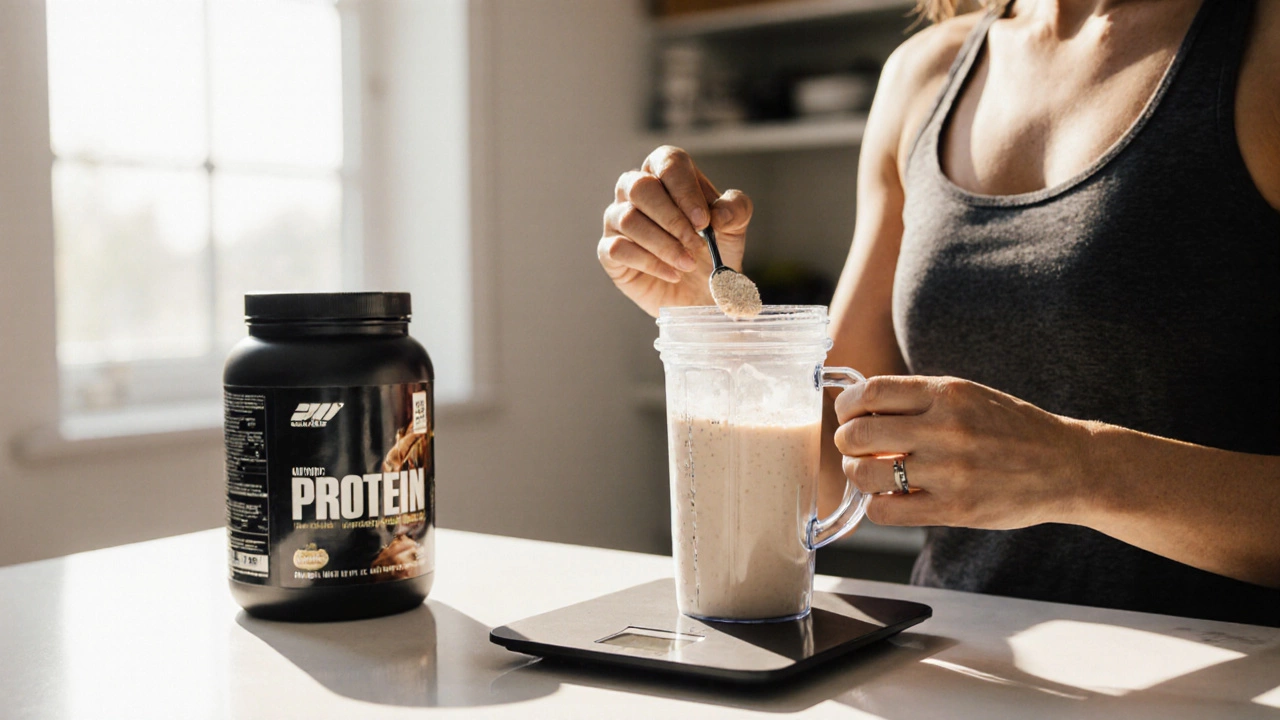Muscle Recovery: Boost Your Body After Workouts
When talking about muscle recovery, the process of repairing and rebuilding muscle fibers after physical activity. Also known as muscle repair, it plays a vital role in staying strong and injury‑free. Understanding how muscle recovery works lets you plan smarter training and feel better faster.
One of the easiest ways to speed up that process is through restorative yoga, a gentle practice that uses long holds and supportive props to calm the nervous system. Restorative yoga reduces inflammation, improves blood flow, and signals the body to switch from “fight” mode to “heal” mode. Pair it with low‑impact exercise, like walking or slow cycling, and you create a recovery loop that keeps muscles moving without adding extra stress.
Key Pillars of Effective Recovery
Besides movement, nutrition for recovery, the intake of protein, carbs, and micronutrients that support muscle rebuilding is a must‑have. A post‑workout snack with 20‑30 g of protein and some carbs refuels glycogen stores and provides the amino acids needed for tissue repair. Think Greek yogurt with fruit, a protein shake, or a nut‑butter toast.
Sleep is the third pillar. Quality sleep influences hormone release, especially growth hormone, which directly drives muscle repair. Aim for 7‑9 hours of uninterrupted rest, and consider a cool, dark room to maximize deep‑sleep cycles. When sleep quality drops, recovery stalls, and you’ll notice lingering soreness or weaker performance.
Now let’s connect the dots: muscle recovery encompasses restorative yoga, low‑impact exercise, proper nutrition, and sleep quality. It requires an integrated plan that balances activity and rest. Adequate protein intake influences recovery speed, while consistent sleep enhances the body’s natural repair mechanisms. Together, these elements create a feedback loop where each supports the others.
For athletes who push hard, managing inflammation is critical. Gentle foam rolling or self‑massage after a session can increase circulation and help clear metabolic waste. Combine that with a warm bath or contrast shower to further stimulate blood flow. These simple habits reduce DOMS (delayed onset muscle soreness) and keep you ready for the next workout.
Hydration often gets overlooked, but fluids are the transport system for nutrients and waste. Drinking water throughout the day, and adding electrolytes after sweaty sessions, ensures cells stay functional. Dehydration can lengthen recovery time by impairing protein synthesis.
When planning your week, schedule active recovery days. Instead of full rest, do a 30‑minute restorative yoga flow or a relaxed bike ride. This keeps joints lubricated, maintains mobility, and prevents the stiffness that sometimes follows intense strength weeks.
Mind‑body techniques also have a place. Deep breathing or guided meditation lowers cortisol, a stress hormone that can hinder muscle repair. Even five minutes of focused breath work after training can shift the nervous system toward recovery mode.
Finally, track your progress. Use a simple log to note sleep hours, protein intake, and how you feel after each session. Seeing patterns helps you tweak the plan—maybe you need extra carbs on heavy leg days or a longer sleep window after a HIIT sprint.
Below you’ll find a curated list of articles that dive deeper into each of these topics. From gentle yoga sequences to nutrition hacks and sleep strategies, the collection gives you actionable tips to fine‑tune your recovery routine and keep your muscles thriving.

How Many Protein Shakes Can You Safely Drink Daily?
Maeve Larkspur Oct 8 0Learn the safe number of protein shakes you can drink each day, how to match them to your protein goals, and tips to avoid common pitfalls.
More Detail